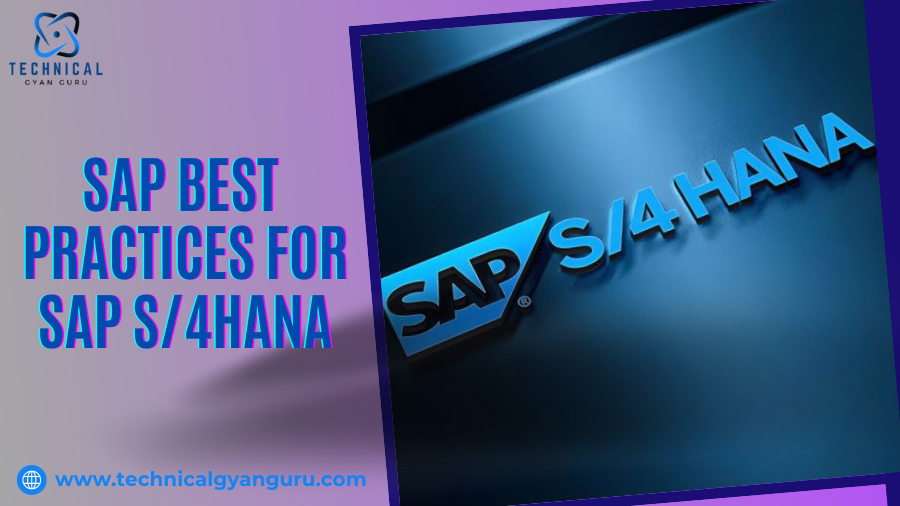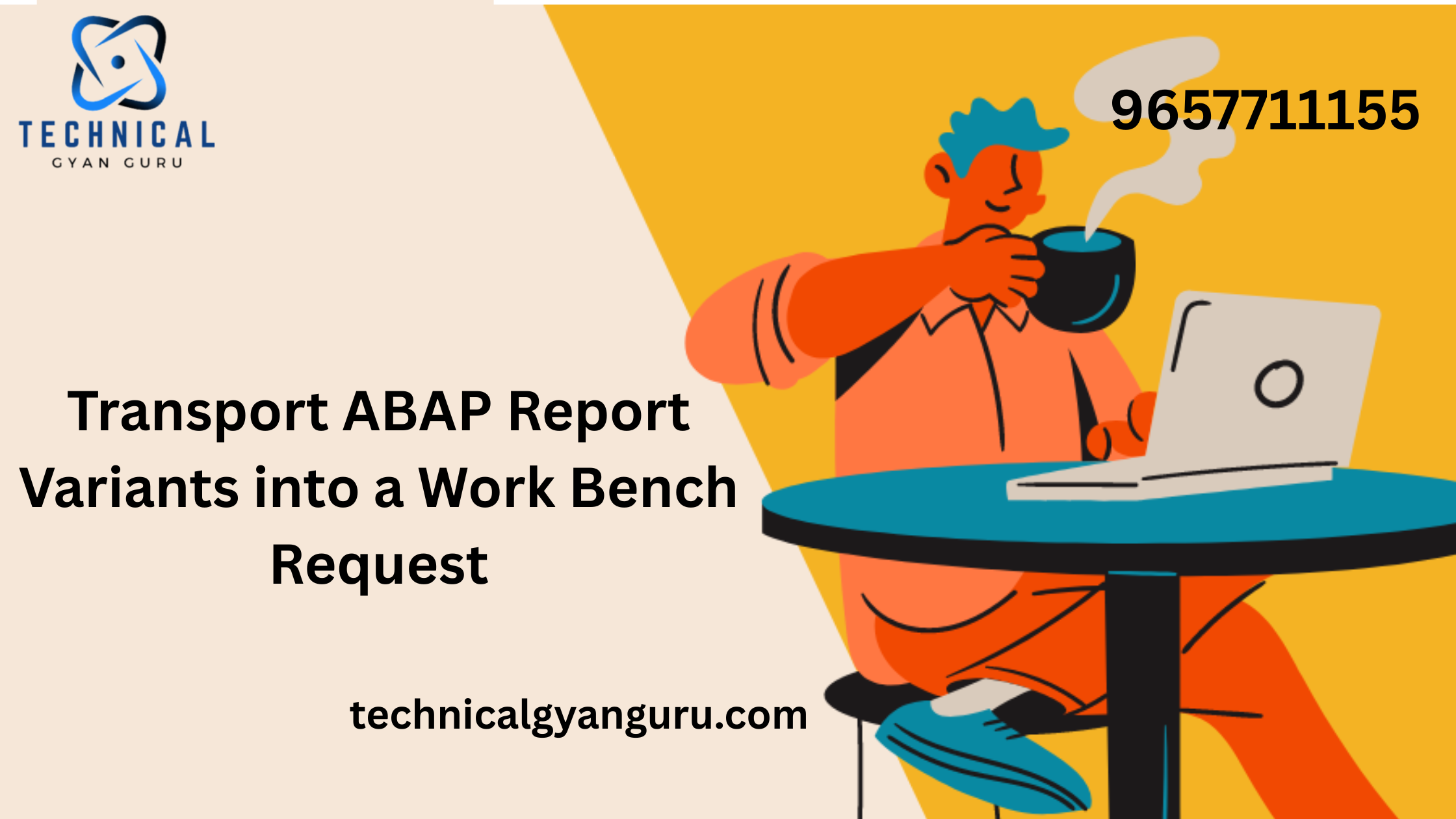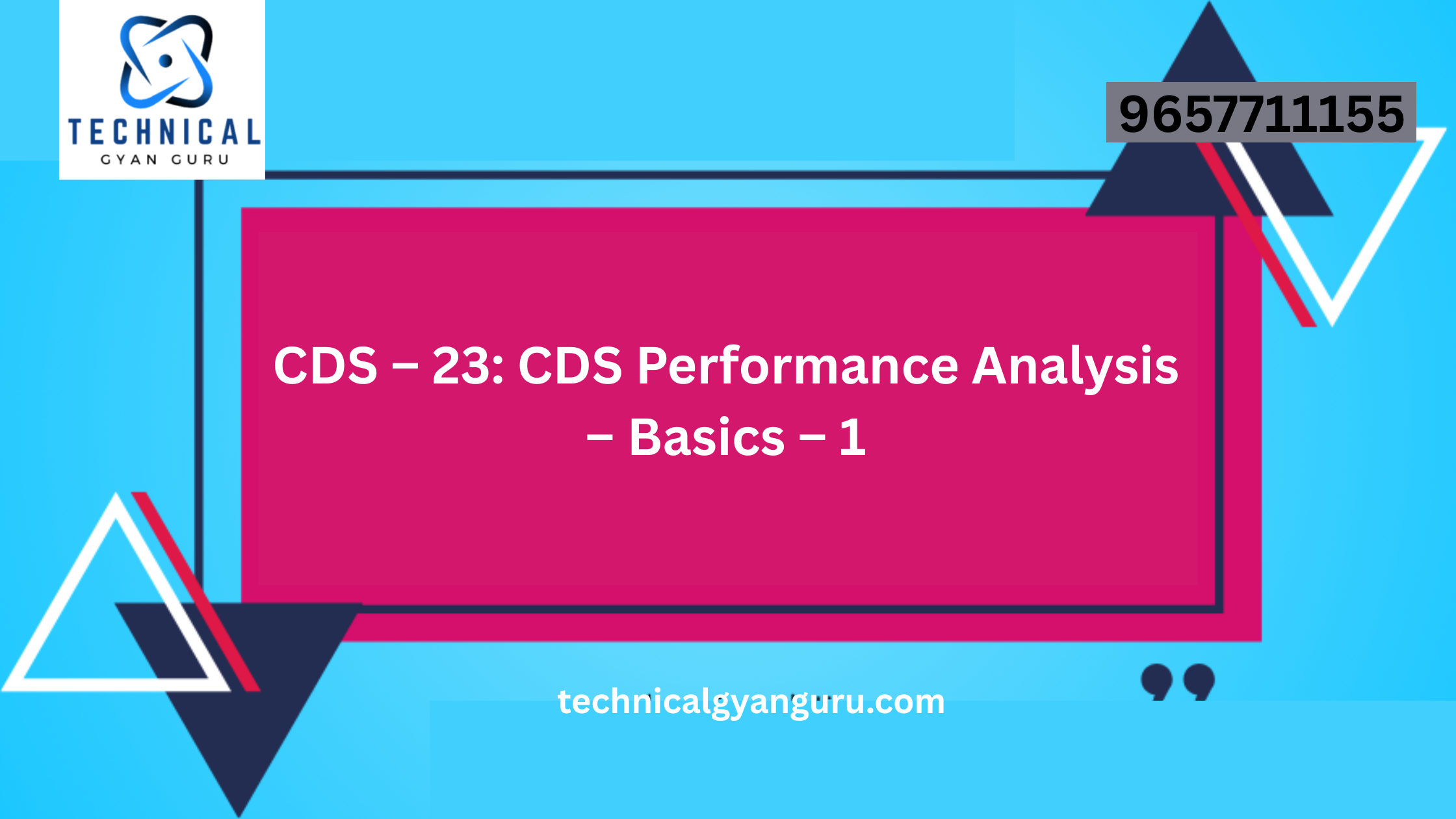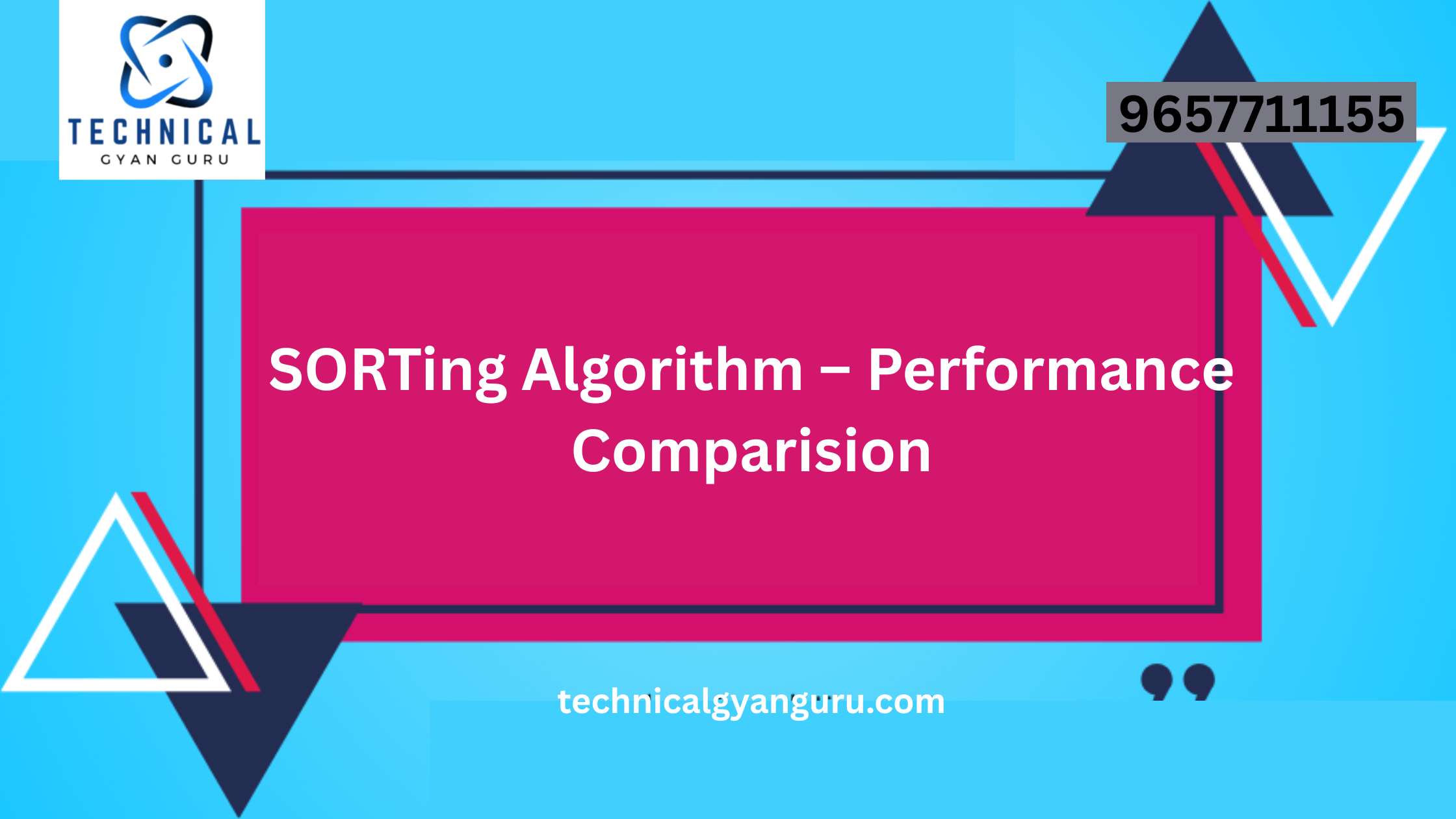
SAP Best Practices for SAP S/4HANA Discover essential guidelines and strategies for implementing and optimizing SAP S/4HANA effectively
Migrating to SAP Best Practices for SAP S/4HANA can be a transformative step for businesses seeking a digital edge. This next-generation ERP system boasts real-time processing, simplified data structures, and a modern user interface, promising significant improvements in efficiency and agility.This blog delves deep into the key areas where these practices offer the most value, ensuring a smooth transition and maximizing the return on your investment.
Setting the Stage for Success
Before diving into the technical aspects, it’s crucial to clearly define your organizational goals for the SAP Best Practices for SAP S/4HANA implementation. Are you aiming to streamline core processes like finance and supply chain? Enhance customer experience? Gain deeper insights for data-driven decision making
Engaging Stakeholders Building a Collaborative Environment
A successful S/4HANA migration requires a unified effort from various stakeholders across the organization. Executive leadership needs to champion the initiative, providing resources and fostering a culture of change. Business process owners hold crucial domain expertise and should be actively involved in process optimization and configuration. End-users, who will ultimately leverage the system, deserve clear communication and comprehensive training to ensure a smooth adoption curve. By bringing all stakeholders together and fostering open communication, you create a collaborative environment that fosters successful change management.
Resource Allocation Matching the Right People with the Right Skills
Implementing SAP Best Practices for SAP S/4HANA is no small feat. Assembling the right team with the necessary skills and experience is paramount. Here’s where best practices come in:
- Internal Expertise: Leverage existing IT and business process knowledge within your organization. Identify champions who can support the project and act as internal change agents.
- External Resources: Consider partnering with experienced SAP S/4HANA consultants who can provide implementation expertise, best practice guidance, and address any specific industry requirements.
Data Assessment and Cleansing Building a Strong Foundation
The quality of your data directly impacts the success of your S/4HANA implementation. Best practices recommend a thorough data assessment to identify and address issues like inconsistencies, redundancies, and inaccuracies. Data cleansing ensures a smooth migration and unlocks the full potential of S/4HANA’s advanced analytics capabilities.
Data Mapping and Conversion Bridging the Gap Between Systems
Migrating data from your legacy systems to S/4HANA requires careful planning and execution. Data mapping helps define how data elements from the old system will be translated and stored in the new system. Best practices emphasize the use of standardized data conversion tools and procedures to minimize errors and ensure data integrity.
Testing and Validation Ensuring a Flawless Launch
Rigorous testing is crucial for identifying and resolving any functional or integration issues before go-live. Best practices promote a multi-layered testing approach that includes unit testing, integration testing, and user acceptance testing. This ensures all core functionalities work seamlessly and the system meets user needs.
Communication is Key Keeping Stakeholders Informed
Throughout the implementation process, clear and consistent communication is vital. Best practices recommend establishing communication channels to keep stakeholders informed of progress, address concerns, and manage expectations. Regular updates, training sessions, and open forums create a sense of transparency and ownership, fostering a more positive transition.
Embrace the Power of Change Management Supporting User Adoption
Change management is a critical aspect of any successful S/4HANA implementation. Best practices advocate for a structured approach that prepares users for the new system and its functionalities. This includes comprehensive training programs, user guides, and ongoing support to ensure users can leverage S/4HANA effectively and maximize its benefits.
Optimizing the User Experience
SAP Fiori is the modern user interface (UI) for S/4HANA applications. Designed for simplicity and ease of use, Fiori empowers users with an intuitive and role-based experience. Best practices recommend leveraging Fiori’s pre-built applications and customizing them to fit specific user workflows. A well-designed Fiori experience enhances user productivity and fosters a positive adoption rate.
Continuous Improvement A Journey, Not a Destination
The implementation of SAP S/4HANA marks the beginning of a continuous improvement journey. Following best practices like ongoing process optimization, system monitoring, and user feedback integration ensures your S/4HANA system remains aligned with your evolving business needs and delivers sustained value over time.
Conclusion
By adhering to established best practices, you can navigate the complexities of an SAP S/4HANA implementation with greater efficiency and confidence.
you may be interested in this blog here:-
Ultimate Guide to UKG Math Worksheet PDF Free Download








